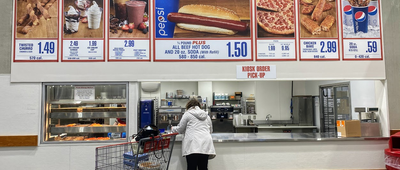PAST MISTAKES
We often never know how potentially hazardous our favorite childhood toys, familiar household items, or even family cars were until they’re a couple decades in the rearview. That’s certainly the case when it comes to many products that were considered safe and even suitable for kids in the past. Here are some of the most dangerous items many of us remember having or using in childhood before anyone knew better.







































